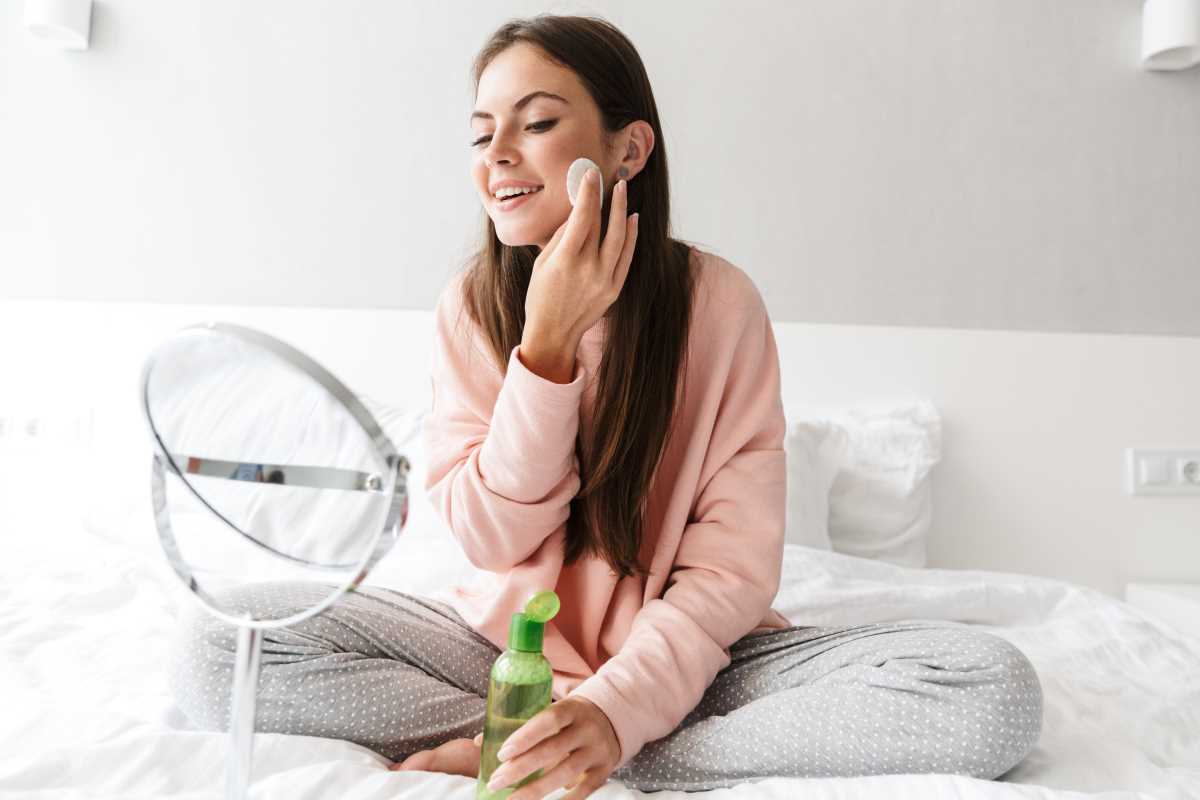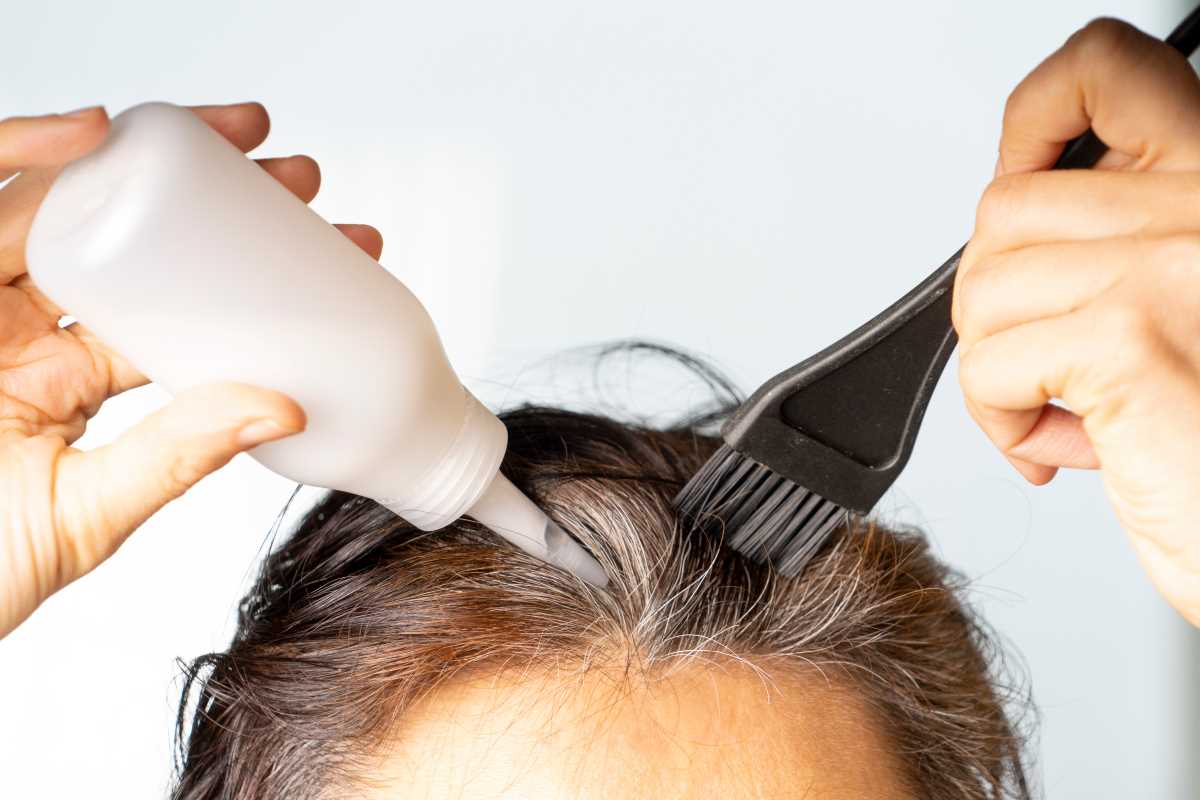Sensitive skin can be a bit of a wild card. One day, it’s fine, and the next, it’s red, itchy, or flaring up because your face doesn’t vibe with a new product. The good news is that building the right skincare routine can make all the difference in keeping your skin calm, happy, and glowing. Whether you’re new to skincare or a seasoned beauty guru, navigating sensitive skin requires a gentle approach, thoughtful choices, and patience. This guide will walk you through how to craft a routine that’s simple, effective, and perfect for sensitive skin, even if yours seems to freak out at the slightest change.
Step 1: Understand Your Sensitive Skin
Before jumping into a routine, get to know your skin. Sensitive skin usually reacts fast to products, fragrances, or environmental triggers like cold air or pollution. You might notice redness, dryness, or even burning sensations when you apply certain formulas. If that sounds familiar, then your skin is likely sensitive.
The key to managing it is keeping things as gentle and simple as possible. Instead of loading up with trendy products, stick to basics that focus on hydrating, soothing, and protecting your skin.
Step 2: Start with a Gentle Cleanser
Cleansing is the first step to any skincare routine. For sensitive skin, choose a cleanser that’s fragrance-free, non-comedogenic (that means it won’t clog pores), and super gentle. Look for words like “hydrating” or “calming” on the label.
Avoid harsh soaps or foaming cleansers that can strip away your skin’s natural oils and leave it feeling tight and irritated. Creamy or milky cleansers, like CeraVe Hydrating Cleanser or La Roche-Posay Toleriane Hydrating Cleanser, are great options to clean your skin without causing a flare-up.
Pro Tip: Use lukewarm water, not hot, when rinsing your face. Hot water can dry out your skin and make it more sensitive.
Step 3: Hydrate with a Toner or Essence
Toners can help balance your skin and prep it for the next steps in your routine. For sensitive skin, pick an alcohol-free toner or an essence that focuses on hydration. Ingredients like aloe vera, glycerin, or chamomile are great for soothing and calming your skin.
A popular choice is the Pyunkang Yul Essence Toner, known for its minimal ingredients and skin-friendly formula. Swipe it over your face with a cotton pad or just pat it in with your hands.
Step 4: Find the Right Moisturizer
Moisturizing is non-negotiable for sensitive skin. A good moisturizer creates a barrier that locks in hydration and protects your skin from irritants. For sensitive skin, go for a fragrance-free, hypoallergenic option with soothing ingredients like ceramides, niacinamide, or colloidal oatmeal.
Some solid picks include Vanicream Moisturizing Cream or First Aid Beauty Ultra Repair Cream. If you have oily sensitive skin, a lightweight gel moisturizer like Neutrogena Hydro Boost Gel Cream (fragrance-free!) might work better for you.
Pro Tip: Apply your moisturizer while your skin is still slightly damp from toner or essence–this helps lock in extra hydration.
Step 5: Sunscreen Is a Must
Protecting your skin from the sun is crucial, especially if it’s sensitive. UV rays can worsen irritation, redness, and even cause long-term damage. Choose a mineral/physical sunscreen with zinc oxide or titanium dioxide, as these are less likely to irritate sensitive skin than chemical sunscreens.
Brands like EltaMD and Neutrogena Sensitive Skin Sunscreen offer great mineral sunscreen options that are gentle on reactive skin.
Don’t forget to apply sunscreen every morning, even if it’s cloudy or you’re staying indoors (FYI, UV rays can still come through windows).
Step 6: Add Targeted Treatments Slowly
If you’re dealing with specific concerns like redness, acne, or dark spots, treatments can help, but tread carefully. Introduce one product at a time and always patch test new products before using them all over your face.
For sensitive skin, gentler active ingredients like azelaic acid (great for redness) or low concentrations of niacinamide are your best bets. Avoid harsh treatments like high-strength retinol or aggressive exfoliants unless a dermatologist gives you the green light.
How to Patch Test: Dab a little of the new product on your inner arm or behind your ear. Wait 24-48 hours to see if you have any reaction before applying it to your face.
Step 7: Exfoliate (But Not Too Often)
Exfoliation helps get rid of dead skin cells so your products work better, but overdoing it can damage sensitive skin. Stick to exfoliating once a week and choose a gentle option like lactic acid or a soft enzyme-based scrub.
Avoid gritty physical scrubs or high-strength chemical exfoliants, which can leave your skin feeling raw. The Paula’s Choice Skin Perfecting 2% BHA Liquid Exfoliant is a mild option that many sensitive-skin users swear by (though patch testing it first is a must).
Step 8: Always Listen to Your Skin
No two people have the same skin, so what works for your bestie might not work for you. Pay attention to how your skin feels after using a product or trying a new ingredient. If something stings, burns, or causes redness, cut it out of your routine ASAP.
Remember, balance is key. The goal is to keep your skin healthy and happy, not to pile on every trendy product just because it’s hyped.
Final Tips for Sensitive Skin Care
- Be Consistent: Stick to your routine every morning and night.
- Simplify: Aim for fewer than 10 products in your rotation at any time.
- Avoid Fragrance: Anything with "parfum" or "fragrance" on the label? Skip it.
- Check Labels: Look out for calming ingredients like centella asiatica (also called cica), allantoin, and chamomile extract.
- When in Doubt, See a Pro: If your sensitive skin is causing constant discomfort, consider seeing a dermatologist for personalized advice.
Building a skincare routine for sensitive skin might take a little trial and error, but once you find the right combination of products, the payoff is so worth it. Your sensitive skin will thank you with that healthy glow you’ve been dreaming of!







